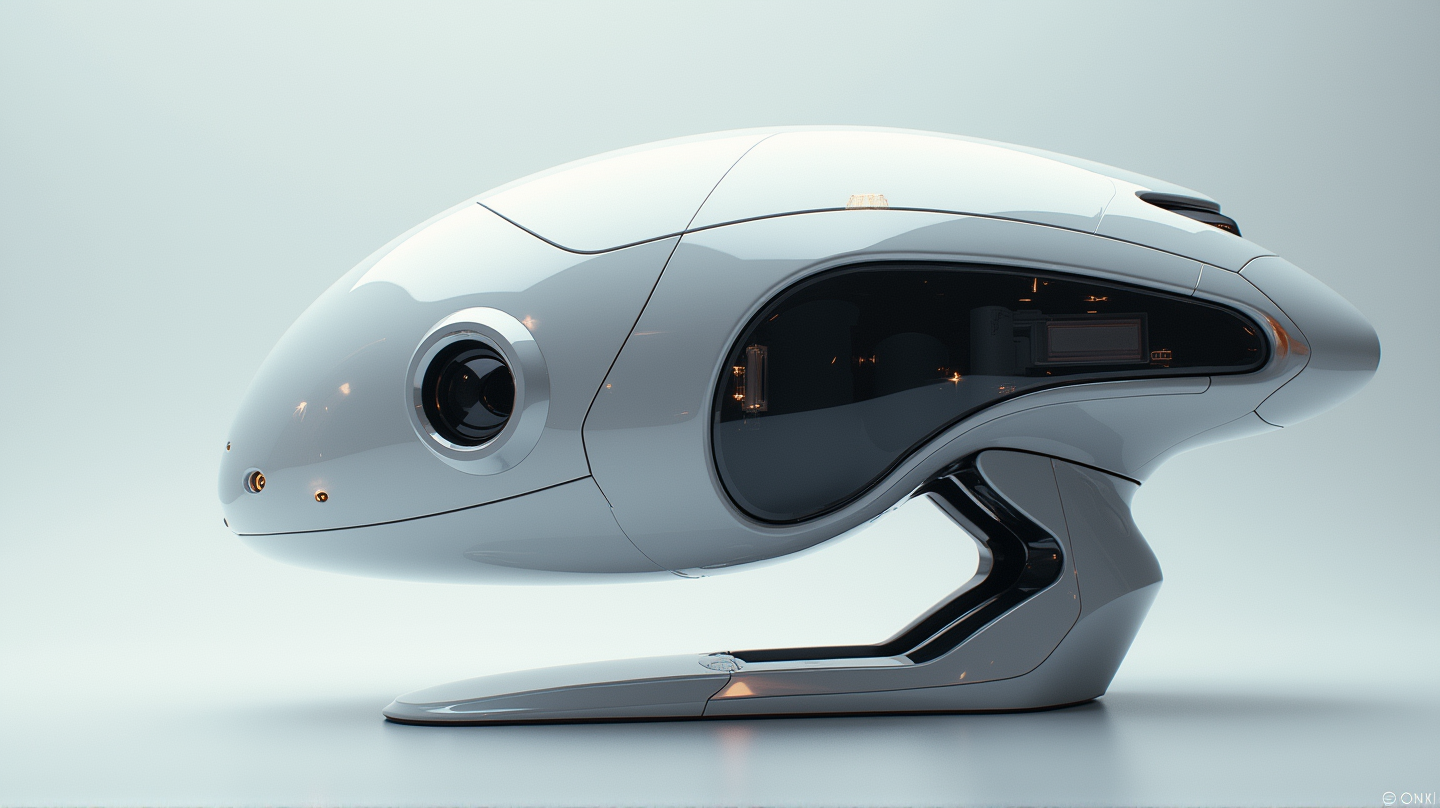In a world constantly dazzled by screens, OpenAI and Jony Ive are daring to reshape our relationship with technology. With whispers of a groundbreaking “screenless phone,” tech enthusiasts and futurists alike are stirred with anticipation, eager to grasp the shape of innovation to come.
A New Vision Emerges
OpenAI, the brilliant mind behind ChatGPT, has embarked on an ambitious new journey with renowned iPhone designer Jony Ive. The fusion of these two pioneering forces aims to transcend the confines of conventional phones. According to a statement, this collaboration is set to transform product development, focusing on devising solutions that not only inspire but also empower their users.
The Leap Beyond Smartphones
Ive’s past innovations, such as the iPhone, merged form with functionality to redefine communication. This new project’s essence explores beyond mere enhancements of existing technology. The intrigue lies in reimagining what a device could be when free of the shackles of a traditional screen. Ben Wood of CCS Insight notes, “It would be foolish to bet against Jony Ive, given his remarkable track record of delivering products that disrupt a market.”
Possibilities and Speculations
What form will this AI-centric device take? Some speculate about a wearable design, compact yet powerful, akin to an iPod Shuffle. Others envision a revolutionary concept aligning with no device seen before. Thoman Husson from Forrester articulates the challenge: to formulate experiences and products that redefine user interaction.
Adjusting to a Screenless Era
In line with Ive’s ambitions, Altman at OpenAI underscores the vision of moving away from the sheer addiction to screens that define our era. “Except smartwatches, no new product category has emerged since the smartphone,” comments Husson. A fresh design ethos, championed by Ive, could lead this metamorphosis, ushering us into yet another profound digital transformation.
The Unanswered Mysteries
Despite rampant speculation, the precise nature of this device remains elusive. Whether it assumes the form of an elegant wearable or settles itself inconspicuously on our desks, its fusion of utility and conceptual daring remains illuminating. As OpenAI aims to ship 100 million units, this anticipation drives the curiosity and eagerness of those awaiting the next chapter in technological evolution.
In the interim, as we stand on the brink of what could redefine our relationship with technology, we are urged to “keep checking back for rumors and updates,” for in this, the mystery shall eventually unravel. As stated in CNET, it is in this anticipation and the potential for disruption that the future of tech brilliance lies.
